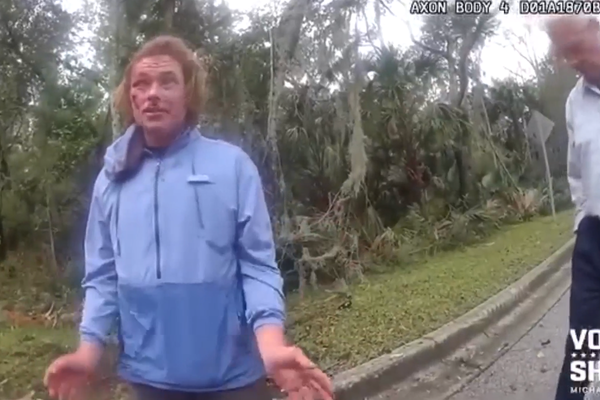
‘Constant companions to our gardening’

We try to encourage as many pollinators as possible to visit our allotment. As well as growing lots of fruit and veg we have planted many different flowers. Across the summer we saw some unusual moths, such as the ghost moth, and then from August onwards the butterflies started to appear. We mostly spotted red admiral, peacock and small tortoiseshell butterflies. They particularly liked the cosmos and the corn marigolds. They also liked the ragwort, which later had cinnabar moth caterpillars. On sunny days they were constant companions to our gardening. Although we have seen large white butterflies, too, we don’t seem to have had any problems with caterpillars eating our veg. This may be beginner’s luck. Jess and Ian, Scottish Borders
‘I was delighted by the numbers of butterflies’


I allowed the grass on the lawn to the front of my house to grow and I planted some wild flowers into it, field scabious, knapweed, bird’s foot trefoil and meadow cranesbill among others. I was delighted by the numbers of butterflies that came to nectar on the flowers, there were lots of meadow browns, gatekeepers, common blues, large and small whites – but I was especially pleased to see about a dozen brown argus, which took up home here for most of July and August. I have been searching for their eggs or caterpillars on the cranesbills, so far without success, but I shall keep looking as it would be nice to know whether they are breeding here. Allan Ferguson, Bishops Stortford, Hertfordshire
‘I was lucky enough to see 11 different species’

Over the summer I went to RSPB Minsmere, mainly to look for rare bird species, but on one visit on 16 July I was lucky enough to see 11 different species of butterfly. I sadly didn’t see a small tortoiseshell all summer, though, which used to be one of the most common to spot. Most of the butterflies were on or near nettles and brambles, showing the importance of leaving wild parts in gardens.
The rarest of those 11 species is probably the white admiral (top right, circled in red). It’s only the second time I’ve seen one, so I was really happy. I believe the silver-washed fritillary is fairly common, if you know where to look, but I’ve never had one in my garden so it was exciting to see it, too. My favourite is the peacock, bottom right. It’s one of the more common butterflies but so beautiful; it looks tropical and exotic. Marie Baynham-Davies, Halesworth, Suffolk
‘At least a dozen red admirals at one time’


Our fig tree has had a bumper crop this year. We were away for a week visiting family and found that quite a lot of the ripe fruit had gone beyond the ideal picking stage, and insects such as tiny flies and wood lice had begun to feast on them. Most notable, though, was the profusion of wasps and red admiral butterflies gorging themselves on the very overripe fruits. They were often sharing the same single fruit, and from time to time flying around before settling back on that same one or elsewhere in the tree.
We’ve still been able to pick more than enough for ourselves and to give to friends, so it’s been a real treat to share so much with the insects this year. There must have been at least a dozen red admirals at one time, and a few speckled woods trying to chase them away. I also saw one comma. Sean O’Sullivan, Banbury, Oxfordshire
‘It has certainly been a good year’

It has certainly been a good year for butterflies in our south-facing garden: we’ve seen red admiral, peacock, gatekeeper and various whites in numbers. Comma, small tortoiseshell, brimstone, speckled wood, orange tip and dark green fritillary (also hummingbird hawk moths) were also present. They were attracted by plenty of nectar-rich flowers and food plants, such as nettles and hedge garlic. Sally Twiss, the Blackdown Hills, south-west England
‘A very rare sighting’

We saw a Camberwell beauty in our garden on 18 July at 11.58am. We took it at a distance so as not to disturb it. We reported the sighting to the Dorset Butterfly Conservation organisation and the photograph was published on their gallery. It is my understanding that a Camberwell beauty is a very rare sighting as there is no evidence that it breeds in this country. Geoff Pike, 70, Dorset
‘They are plentiful in our area’

This photo of a marbled white butterfly was taken on Ventnor Down on 8 July 2023. On the same day I also saw a small copper, common blue and a six-spot burnet moth. In my view, this year has been very good for butterflies as they are plentiful in our area. We live adjacent to downland so we are well placed to observe wildlife. Vanessa Verey, Ventnor, Isle of Wight







